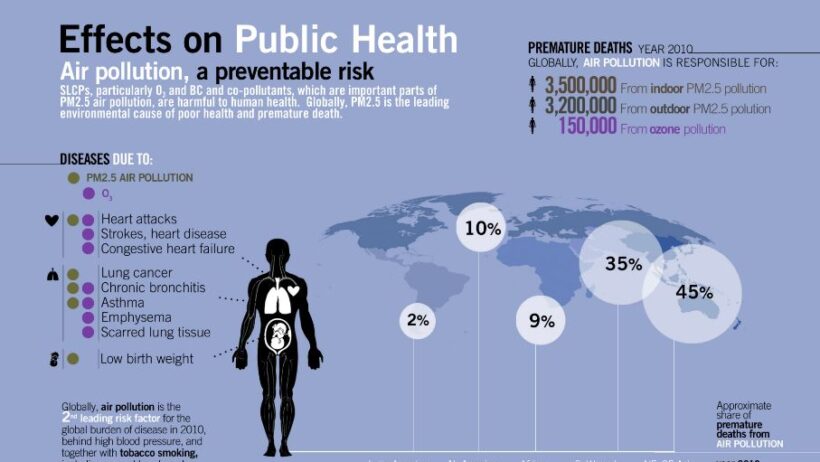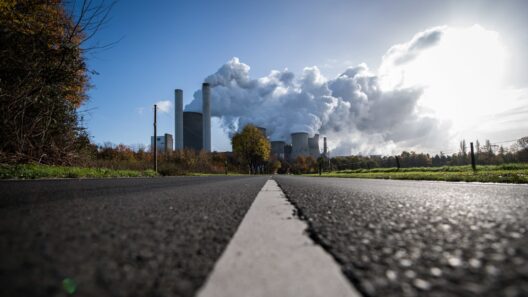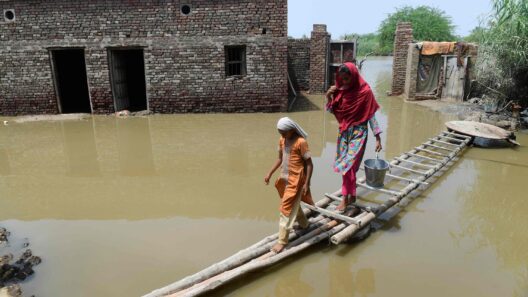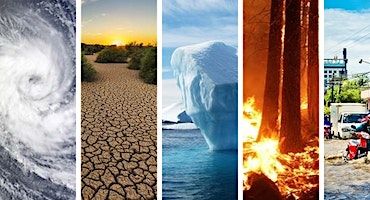In the contemporary landscape of environmental discourse, the hazardous ramifications of plastic waste have garnered significant attention. Within this realm, one particularly insidious practice has emerged: the burning of plastic materials. Often deemed a convenient method for waste disposal, the act of incinerating plastic ultimately harbors severe consequences, not only for local ecosystems but also for the broader context of global warming. Understanding the intricate relationship between plastic fires and the exacerbation of climate change is imperative for fostering a sustainable future.
First and foremost, it is essential to comprehend the composition of plastic. Most plastics are derived from petrochemicals, which originate from fossil fuels. When plastic is subjected to combustion, it releases a cocktail of harmful pollutants into the atmosphere. This includes carbon dioxide (CO2), a principal greenhouse gas that contributes significantly to global warming. As CO2 accumulates in the atmosphere, it traps heat, leading to an overall increase in Earth’s temperature. An alarming aspect of burning plastic is that, unlike organic waste, which gradually decomposes and returns nutrients to the soil, plastic does not undergo a similar process. Instead, it emits toxic gases during combustion, significantly intensifying atmospheric pollution.
The combustion of plastic also produces other noxious byproducts such as dioxins, furans, and heavy metals. Dioxins, in particular, are some of the most toxic compounds known to humankind. They are notorious for their persistence in the environment and propensity for bioaccumulation in food chains. These substances not only harm human health—causing conditions such as cancer and endocrine disruption—but contribute to a degradation of local ecosystems. The fallout from these emissions extends their toll far beyond the immediate vicinity of the fire, affecting air quality and posing risks to wildlife and human populations alike.
Furthermore, the act of burning plastic is often undertaken in informal settings, particularly in developing regions where waste management systems are inadequate. This practice exacerbates socio-economic disparities, as marginalized populations frequently bear the brunt of these environmental hazards. In fact, individuals residing near sites where plastic burning occurs are more likely to experience respiratory illnesses and chronic health issues, compounding the cycle of poverty and health inequity.
Another pressing concern surrounding plastic fires is their contribution to climate feedback loops. For instance, the release of black carbon—a potent climate forcer emitted during the burning of plastic—has been shown to accelerate snow and ice melt. These dark particles settle on ice surfaces, reducing the albedo effect and leading to greater absorption of solar radiation. This phenomenon illustrates how local events, such as plastic burning, can have far-reaching global implications. Indeed, the interconnectedness of Earth’s systems means that the consequences of localized pollution manifest on a planetary scale.
In response to the alarming consequences associated with plastic combustion, various strategies and policies can be advocated to mitigate its impact. Comprehensive waste management approaches should be prioritized, emphasizing recycling and reusing materials rather than resorting to burning. Developing improved facilities for waste processing not only minimizes reliance on incineration but also fosters the recycling economy, which in turn diminishes the demand for virgin plastic production. Promoting widespread public awareness initiatives can inform communities about the repercussions of burning plastic and encourage them to seek more sustainable waste disposal methods.
Legislation also plays a vital role in curbing the devastating effects of plastic fires. Enacting strict laws against open burning of plastic waste and imposing penalties for violations can help deter this hazardous practice. Additionally, governments can incentivize the development of alternative waste-to-energy technologies, which can convert waste into energy through more controlled and less harmful processes than open burning.
On a global scale, addressing the issue of plastic fires is essential for achieving climate change mitigation targets. Commitments under the Paris Agreement highlight the urgency of reducing greenhouse gas emissions to limit global warming to well below 2 degrees Celsius. To honor these commitments, it is crucial to recognize and tackle all sources of emissions, including those arising from the burning of plastic.
Consumer behavior also plays a significant role in the lifecycle of plastic. By consciously choosing to reduce single-use plastics, individuals can actively participate in combating the problem at its root. Opting for biodegradable materials, reusable products, and supporting policies that promote sustainable practices will undoubtedly contribute to reducing the volume of plastic waste that ultimately finds its way into incinerators.
In conclusion, the burning of plastic presents numerous environmental and health challenges that extend beyond local pollution. The consequences reverberate through our climate systems, amplifying global warming and jeopardizing human health and ecological integrity. Addressing this issue requires a multifaceted approach involving policy changes, public education, and a collective commitment to reducing plastic consumption. The path toward a sustainable future hinges on acknowledging the detrimental consequences of plastic fires and actively working to negate them.







